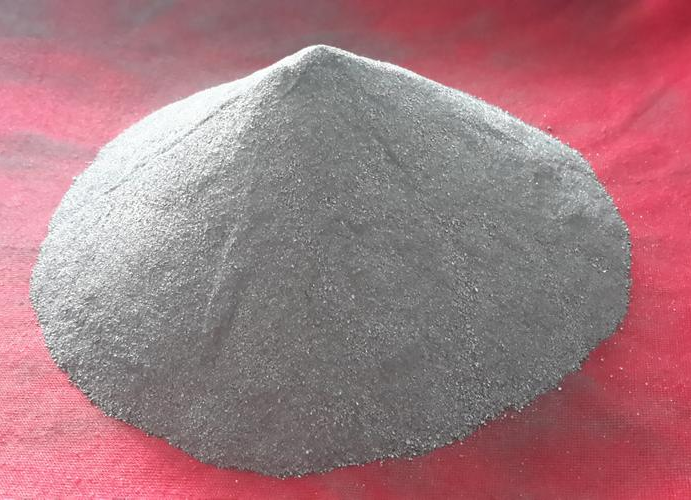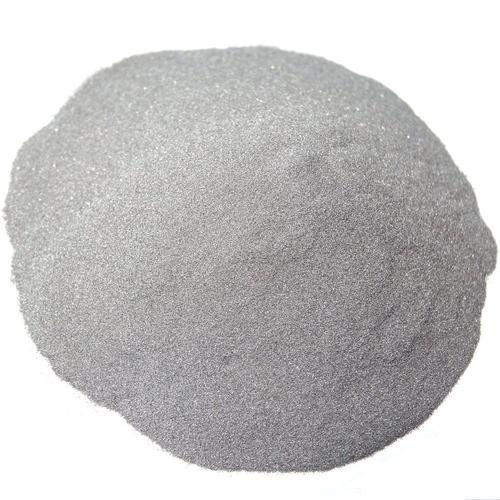1. Introduction
In the past 48 hours, global supply chain updates from major producers like Global Tungsten & Powders Corporation have highlighted increased demand for high-purity spherical titanium powder used in aerospace 3D printing. With additive manufacturing accelerating across defense and medical sectors, knowing how to properly handle, store, and source titanium powder has never been more critical—especially given its reactivity and cost volatility.

Whether you’re an engineer, researcher, or hobbyist exploring metal AM, this guide gives you actionable steps to work safely and efficiently with titanium powder while navigating pricing and supplier choices.
2. Understanding Titanium Powder Types and Their Uses
Not all titanium powder is created equal. The term ‘titanium powder’ broadly includes pure titanium powder, titanium alloy powder (like ti6al4v powder, also known as ti64 powder), and specialty variants such as titanium nitride powder, titanium carbide powder, and tib2 powder (titanium diboride powder). Each serves distinct purposes:
- Pure titanium powder is ideal for chemical processing and biomedical implants due to its biocompatibility.
- Ti6Al4V powder dominates aerospace and medical 3D printing thanks to its high strength-to-weight ratio.
- Spherical titanium powder, often gas atomized titanium powder, flows better in laser powder bed fusion machines—making it essential for titanium powder additive manufacturing.
- HDH titanium powder (hydride-dehydride) is cheaper but irregularly shaped, limiting its use in high-precision 3D printing.

Other niche forms include titanium nanopowder, tio2 nano powder (used in sunscreens and catalysts), and even titanium flash powder—though the latter is highly reactive and not recommended for casual use.
3. Safety First: Handling and Storing Titanium Dust
Titanium powder, especially fine grades, can be pyrophoric—meaning it may ignite spontaneously in air. This risk increases with particle size below 45 microns. Always treat titanium dust as a fire and explosion hazard.

Follow these safety protocols:
- Work in a certified inert atmosphere glovebox when handling fine ti powder.
- Never use water to extinguish titanium fires; Class D fire extinguishers are required.
- Store in sealed, argon-filled containers away from oxidizers, moisture, and heat sources.
- Wear anti-static lab coats, nitrile gloves, and respirators rated for metal dust.
Note: Burnt titanium powder coat residues (from accidental ignition) should be treated as hazardous waste and disposed of per local regulations.
4. How to Choose the Right Titanium Powder for Your Application
Start by defining your end use. For 3D printing, prioritize spherical titanium powder with tight particle size distribution (typically 15–45 µm). Gas atomized titanium powder offers superior flowability and packing density compared to HDH alternatives.
If you’re working on coatings or ceramics, consider titanium diboride powder or titanium boride powder for hardness and thermal stability. For photocatalytic applications, tio2 powder (especially nano-grade) is standard.
Avoid confusing titanium dioxide powder with metallic titanium powder—they serve entirely different functions. TiO2 is non-reactive and used in paints, food, and cosmetics; metallic ti powder is reactive and used in metallurgy and AM.
5. Navigating Titanium Powder Price and Suppliers
Titanium powder price varies widely based on purity, morphology, and alloy composition. As of mid-2024, expect these benchmarks:
- Pure titanium powder: $80–$150/kg
- Ti6Al4V powder for 3D printing: $150–$300/kg
- Spherical gas atomized ti64 powder: up to $350/kg
Compare titanium powder price per kg quotes from multiple titanium powder suppliers. Reputable vendors include international titanium powder producers with ISO certifications and material traceability. Always request certificates of analysis (CoA) for oxygen content, particle size, and morphology.
Beware of unusually low titanium metal powder price offers—they may indicate recycled or contaminated stock. When you buy titanium powder, confirm whether it’s virgin, aerospace-grade, or suitable for your intended process.
6. Common Mistakes and How to Avoid Them
Many users mistakenly assume all ‘titanium powder for sale’ is 3D-printing-ready. In reality, only spherical, low-oxygen (<1000 ppm) grades work reliably in AM systems. Using irregular HDH powder can clog recoaters and cause failed builds.
Another error: storing ti powder alongside reactive metals like molybdenum powder or tungsten powder without segregation. While moly powder and tungsten metal powder are less reactive, cross-contamination can compromise sintering results.
Also, don’t confuse titanium powder with similar-sounding materials like molybdenum disulfide powder (mos2 powder) or tungsten carbide powder—these serve lubrication or wear-resistance roles, not structural AM.
7. Where to Buy and What to Ask
When you look to buy titanium powder, prioritize suppliers who specialize in additive manufacturing feedstocks. Ask:
- Is the powder gas atomized or HDH?
- What’s the Hall Flow Rate?
- Can you provide SEM images and oxygen/nitrogen content?
- Do you offer small trial quantities before bulk orders?
Reputable titanium powder suppliers often also carry complementary materials like molybdenum metal powder, tungsten powder, or ferro molybdenum powder—but ensure your purchase aligns with your technical specs, not just availability.
8. Conclusion
Working with titanium powder demands respect for its reactivity, precision in selection, and diligence in sourcing. Whether you’re investing in titanium 3d printing powder for prototyping or exploring titanium alloy powder for research, always prioritize safety, verify supplier credentials, and match the powder morphology to your process. With titanium powder cost rising due to aerospace demand, smart procurement today ensures reliability—and ROI—tomorrow.
Our Website founded on October 17, 2012, is a high-tech enterprise committed to the research and development, production, processing, sales and technical services of ceramic relative materials such as How. Our products includes but not limited to Boron Carbide Ceramic Products, Boron Nitride Ceramic Products, Silicon Carbide Ceramic Products, Silicon Nitride Ceramic Products, Zirconium Dioxide Ceramic Products, etc. If you are interested, please feel free to contact us.
